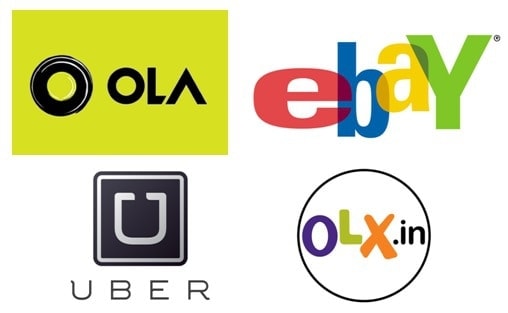Customer to customer e-commerce is a simple concept to understand and a popular model of business for many companies. As the name suggests, customer to customer e-commerce is a form of business where a company is just involved in providing a platform for various people to use it to interact with each other for mutual benefit. The business transaction is between two parties, none of which is the company. There are two individuals or two parties who make use of a provided platform to engage with each other to facilitate a transaction.
The model of a customer to customer e-commerce platform differs from a business to business or a business to customer model. The indulgence of the business in a customer to customer model is kept at a minimum. However, the business is involved in running the website that is used as a platform for the exchange to happen. Typically, buyers can shop for free whereas the sellers might have to pay a nominal fee to be able to list their products on the website.
This model of commerce allows for greater profits for the sellers and the buyers. Sellers can store the inventory at their place of convenience and hence this leads to a lower selling price. It costs less to sell a product in the market. Customer to customer businesses involves the sale of both new and used goods with the involvement of a few middle parties. Technological advances and the increasing ease in the availability of the internet has made customer to customer e-commerce a lucrative proposition.
Given below are a few examples of popular customer to customer e-commerce models.
- E-Bay – E-Bay is arguably one of the foremost and one of the most popular customer to customer e-commerce platforms. Sellers can list their products on e-bay and interested buyers auction for it. E-bay is a highly popular customer to customer e-commerce platform and is extensively used all over the world.
- Craigslist – Craigslist is a platform that is dedicated to classifieds and advertisements. The various sections that one will find on Craigslist range from houses on rent to pubs, gigs, restaurants and random items on sale. It is only the platform that is provided by the company. The business that is generated is as a result of the consumer to consumer e-commerce that takes place. It is consumers who post the advertisements as well as make a purchase.
- OLX – OLX is a very popular platform in India that is used by millions to buy and sell used products. The interface is simple and easy to use. The model operates in a similar way to other consumer to consumer e-commerce platforms. People use the provided opportunity to post items on sale and specify various details like the condition of the product and its description along with a price tag. Those who are looking to buy used products at a much lesser price, use OLX to browse through the various postings and then make a choice. A simple and efficient of consumer to consumer e-commerce.
- UBER & OLA – Surprised to see UBER and OLA in the list? If you think about it, neither Ola nor Uber owns any cars. What it does is to put car owners in touch with those who desire the service of transportation. To be listed on the database of Uber or Ola and to gain access to the information of who needs a cab ride, car owners pay money to the company. If you see, this kind of an aggregator based model is nothing but a slightly tweaked version of consumer to consumer e-commerce as what the company is doing is only to facilitate transaction between the seller (the cab driver) and the buyer (the passenger).
Flipkart and Amazon have also turned into being aggregators and are in the business of connecting small shop owners or small scale industrialists to the consumer base at large.
Most businesses are morphing themselves to become facilitators and a virtual marketplace that connects sellers and buyers. Their stronghold is in the fact that they have information about demand and supply and it is for this reason they charge money. This goes to prove that the importance and instances of consumer to consumer e-commerce are increasing rapidly.
Liked this post? Check out the complete series on E-Commerce

Hello,Hitesh
Thank you for this useful post.Based on this citation “customer to customer e-commerce is a form of business where a company is just involved in providing a platform for various people to use it to interact with each other for mutual benefit. The business transaction is between two parties, none of which is the company. There are two individuals or two parties who make use of a provided platform to engage with each other to facilitate a transaction.” I would like to ask you a question.In this case can we classify websites like Yelp,ConsumerSearch,TripAdvsor,CosumerReports,Customerso,BBB and others to “customer to customer”(C2C) model or these are different type-i.e-crowdsourcing?
Thanks for the post.Another websites for online businesses I can recommend are Yellow Pages and Websst.
Regards:Teresa
Thanks for the post.Few other for online business I can recommend are Yelp and Websst.
Regards:Teresa
Thanks for this post. It really helped in my exams